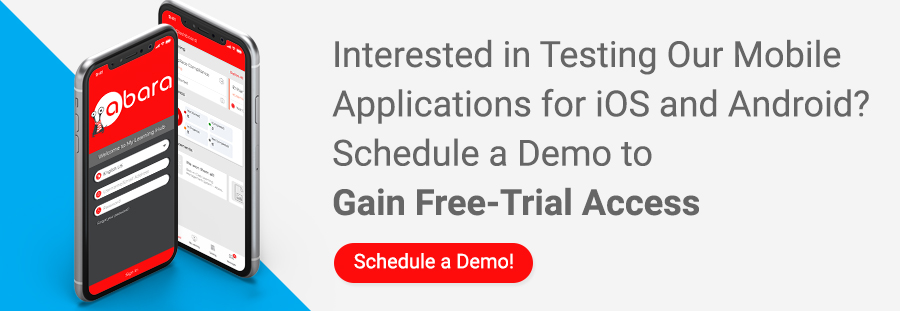The famous management guru, Peter Drucker says, “If you can’t measure it, you can’t manage it.”
It is a thought that applies to the learning and development ecosystem as well. Learning without thorough assessment and quantified results is a half-baked approach. Every learning activity must start with a tangible goal and needs assessment that helps the learner improve some area of their work. All learning activities should act as enablers for learners to achieve that goal. But without a robust assessment engine to quantify and visualize the performance of the learner, one can never be sure about the effectiveness of the entire training exercise. Feedback is another very neglected but crucial step to re-align training programs and maximize learning.
This is where a learning management system, commonly known as an LMS, comes to the rescue.
Let us look at how exactly an LMS can help with the creation of assessments, tracking them for different learners, and managing feedback.
On this Page
Creation of Assessments
The most common types of training assessments used are:
-
Multiple choice questions (MCQs)
-
Single choice questions
-
Match the following exercises
-
Short answer questions
Managing all these formats and techniques of feedback is cumbersome without a learning management platform with a robust assessment engine.
So, how do we go about achieving this? Start by creating a question bank, which would be a set of questions and their answers. Create as many question banks as you need. Then create an assessment, which could consist of a question bank, or selected questions pulled from multiple banks. Then, set a custom grading system for the assessment based on degree of difficulty, subject matter, or other reasons.
Building assessments should be a piece of cake with a drag-and-drop functionality. It should allow the trainer to pick and choose the questions they want to display in a particular assessment. It should allow trainers to set a custom grading system for each assessment based on the degree of difficulty, subject matter, and/or for other reasons.
An LMS should allow a trainer to specify the sections to include in an assessment. Sections within a test should be able to hold different categories of questions. The trainer should be able to set specific time limits per section or for the entire assessment, as needed. The trainer should be in full control, and get to decide which learner or group of learners should be given a particular assessment within a course. The trainer should also have the freedom to choose if they want to add pre-requisites for a particular assessment. They should be able to set a sequence for the execution of the assessment, that is, they should be able to select the order in which the questions are to be attempted by the learner or select the order of appearance of the sections. A simple but powerful structure to assess, teach and assess again is shown below.

More complex structures can be created, but the example above shows how pre-course and post course assessments can be done to measure knowledge before and after training. This could be combined with module-based assessments and also conditions that are set to ensure the post assessment cannot be started without completing the module-level assessment. This illustration is to simply show that with a robust assessment engine, learning evaluation can be done far more effectively.
Managing Feedback
The LMS should allow a trainer to provide question-level feedback or feedback for the entire assessment. In-built feedback management mechanisms should allow trainers to map the learners’ scores to certain actions. For example, if a learner scores below 40% on a particular assessment, they should be shown a message which speaks to them about improving their performance. The trainer should have the ability to ask the learner to re-take for the same course.
The LMS should be armed to handle short answer questions as well. The trainer should get alerted whenever a learner submits an assessment to a trainer for review. The trainer can then review the assessment and provide an appropriate feedback along with suitable grades.
Tracking Assessments
An LMS should store all the details from every learner who takes an assessment. The trainer should see all the assessment results in one centralized location in the form of reports. Some learning management systems come equipped with a dashboard that gives a bird’s eye-view of the entire training activity. The dashboard has information like Pass/Fail percentage, assessment completion statistics, learner’s assessment performance, and much more.
Almost all the modern LMS platforms offer standard downloadable reports which can be scheduled for daily, weekly, monthly, or yearly activity. The trainer can store these reports in the form of a PDF or a CSV document for quick reference. Reports help the trainers decide the future direction of the training programs, and are very crucial to bridge the knowledge gaps.
A robust assessment engine sets the path for an effective and efficient training program, one in which the learner’s performance is tracked and improved until they achieve the training objectives they were set out to accomplish. An LMS takes away the pain involved in administering a pen and paper assessment, and makes it more manageable and easier to track and report.
To know more about Abara LMS, get in touch with us at contact@abaralms.com you can also test the platform at free trial. You can also reach us by filling this contact form!

